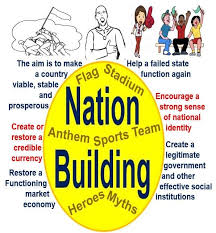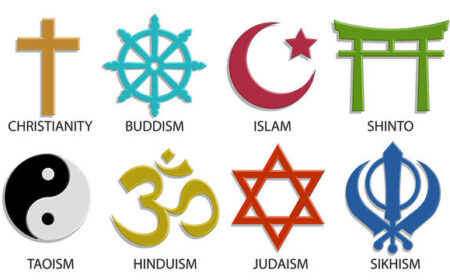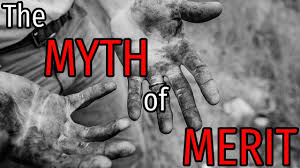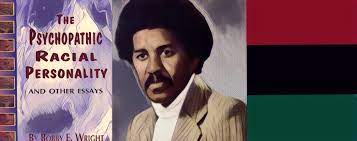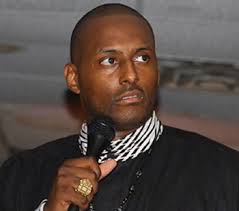Activist, Doctor of Clinical Psychology, and National Certified School Psychologist, Dr. Umar Johnson, joined us. Our guest talked about “Black Power Politics” among other important topics.
Podcast: Play in new window | Download (Duration: 2:27:35 — 67.8MB) | Embed
